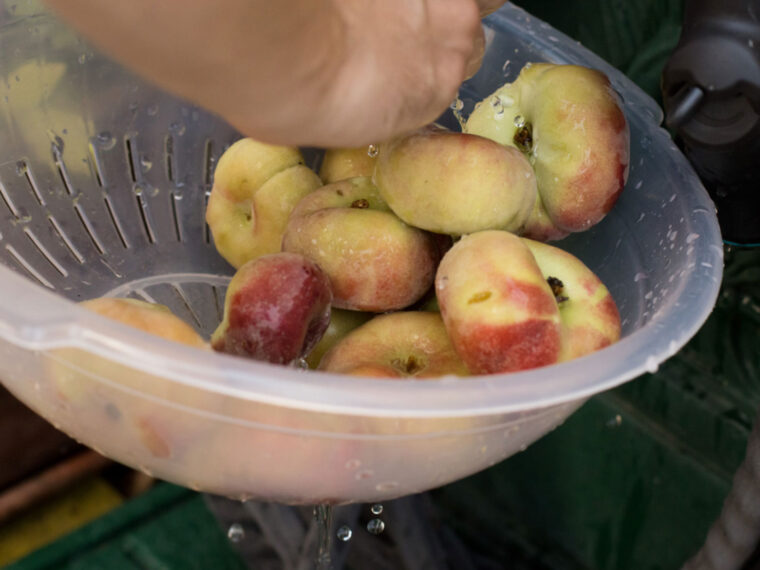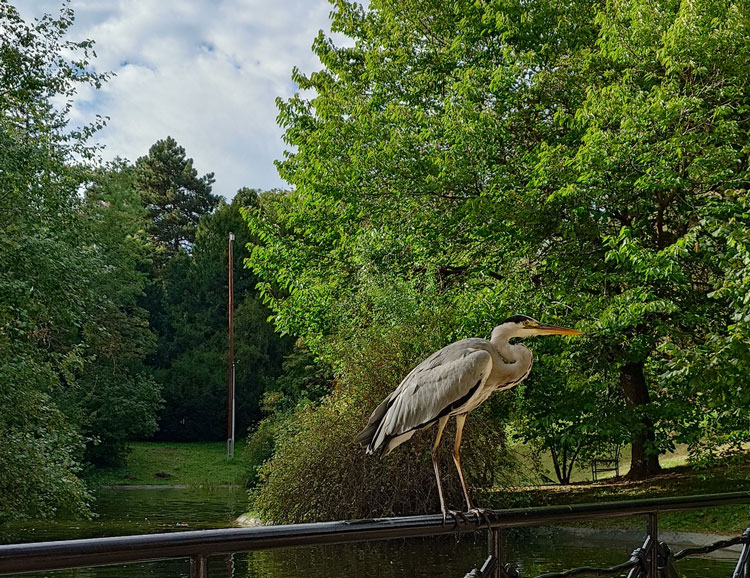
…mit wenig Gebackenem, drei Restaurants (Bab Al Yemen, Treibhaus, Teddy’s American Diner), Sketchnotes zur Aufmacher Medienrunde, quergelesenen Büchern, zwei Strickprojekten – und wie immer, den besten Links der letzten Wochen.
Seit dem letztem Zuckersüß habe ich Schokomuffins mit Halwa gebacken, die mich nicht so hundertprozentig überzeugt haben (zu trocken), weswegen ich das Rezept nicht verbloggen werde. Außerdem: Tartelettes mit Walnuss-Mandel-Frangipane und Kirschen, die ich im Frühsommer in Vanillesirup eingemacht habe (aus Faulheit ohne tatsächliches Rezept – der Boden war Knetteig, die Füllung lose angelehnt an die Füllung dieser Tarte), und Apfel-Scones (nach diesem Rezept von 2014).
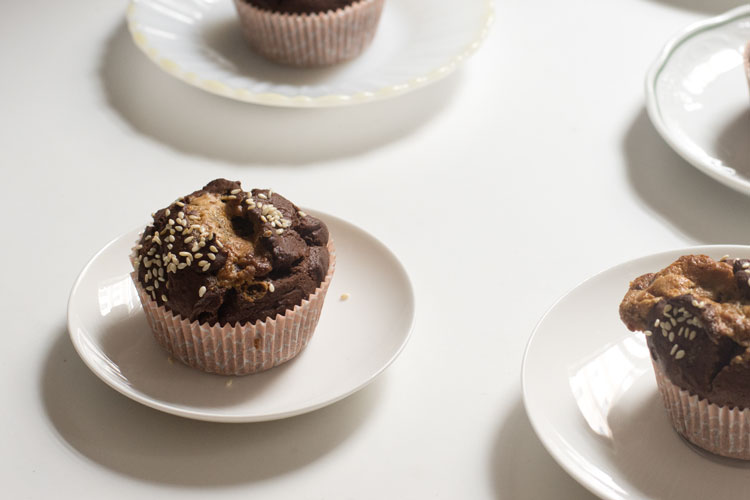
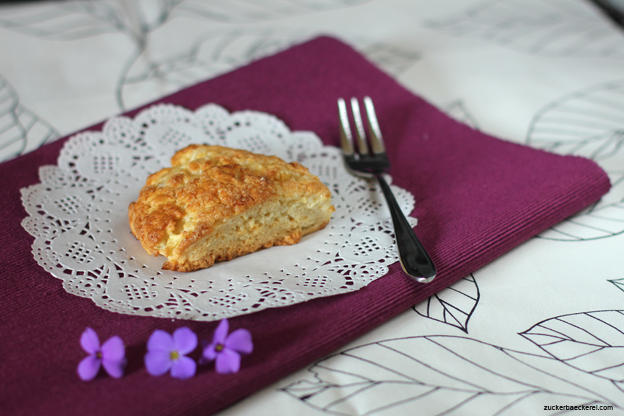
Gegessen
Kartoffelgratin, Misozwiebeln, Spinat. Kaiserschmarrn. Gemüse-Tajine mit Tfaya. Nudeln mit Zucchini-Sahne-Sauce. Semmelschmarrn aka Bread Pudding mit Feigen. Käsetoast mit Bärlauchkapern aus dem Frühjahr. Ofengemüse. Butterbrot.
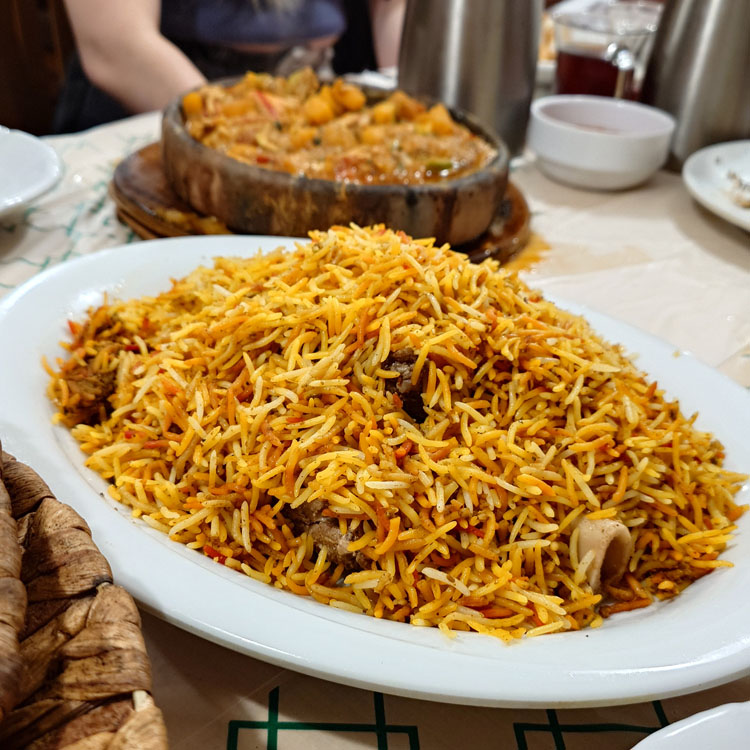
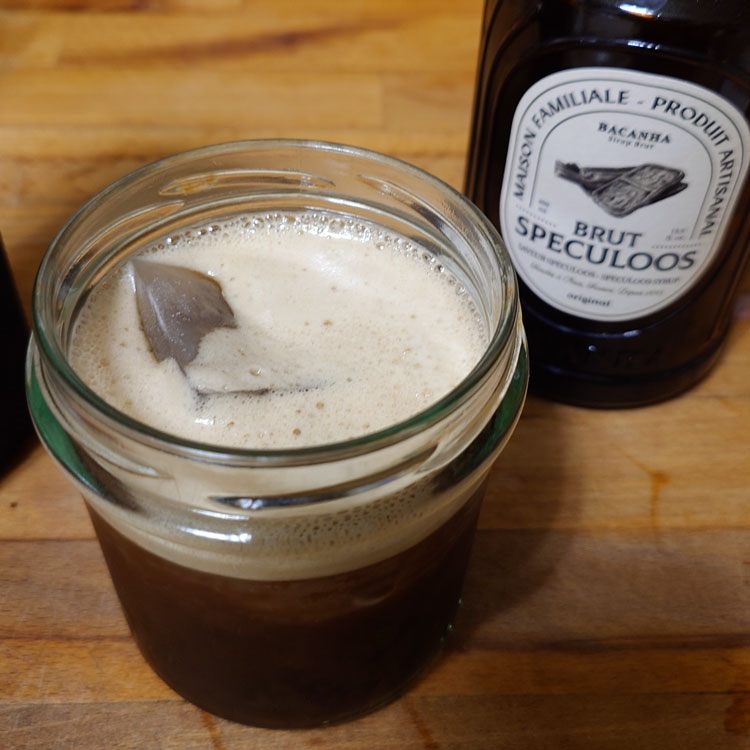
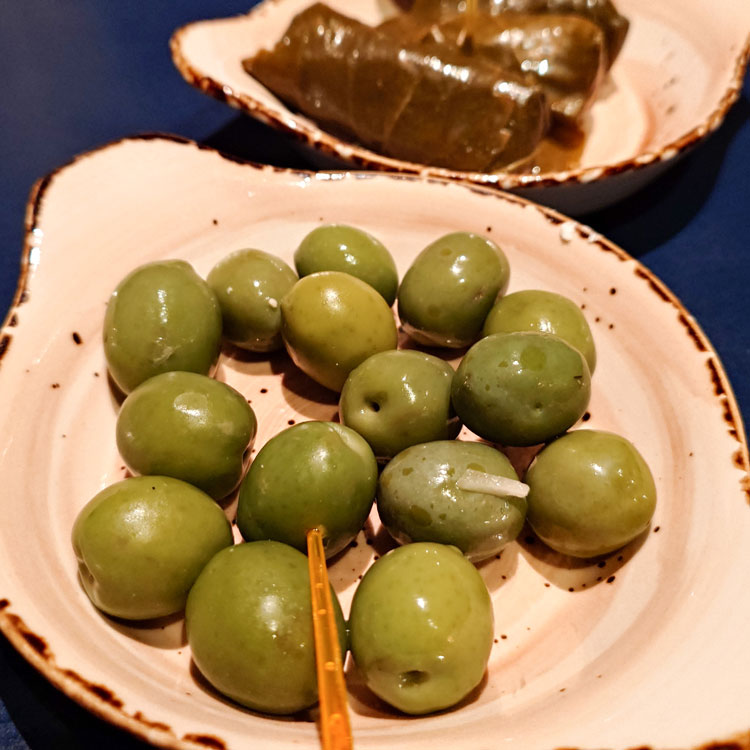
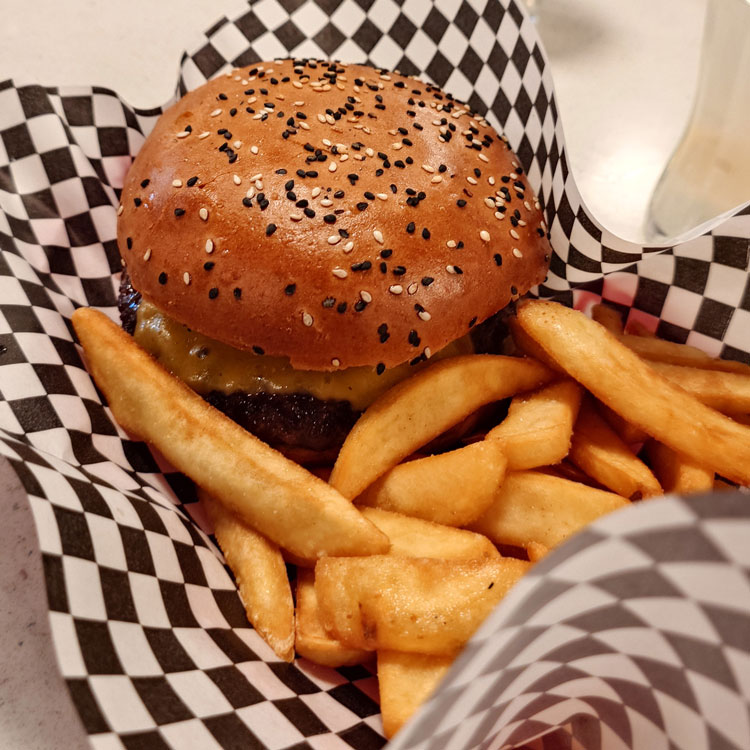
Gefühlt die halbe Karte im Bab Al-Yemen (1100), hier mehr dazu. Espresso-Martini mit Spekulatiussirup, Samosas und Powidlbuchtln beim donaurave. Ziemlich gute Dolmas und grüne Oliven im Treibhaus (Innsbruck). Einen wirklich gut ausgewogenen Cheeseburger mit viel geschredertem Salat und einem sehr guten Bun in Teddy’s American Diner (1060).
Gesehen
Aufmacher Medienrunde: Yilmaz Gülüm / Kobuk
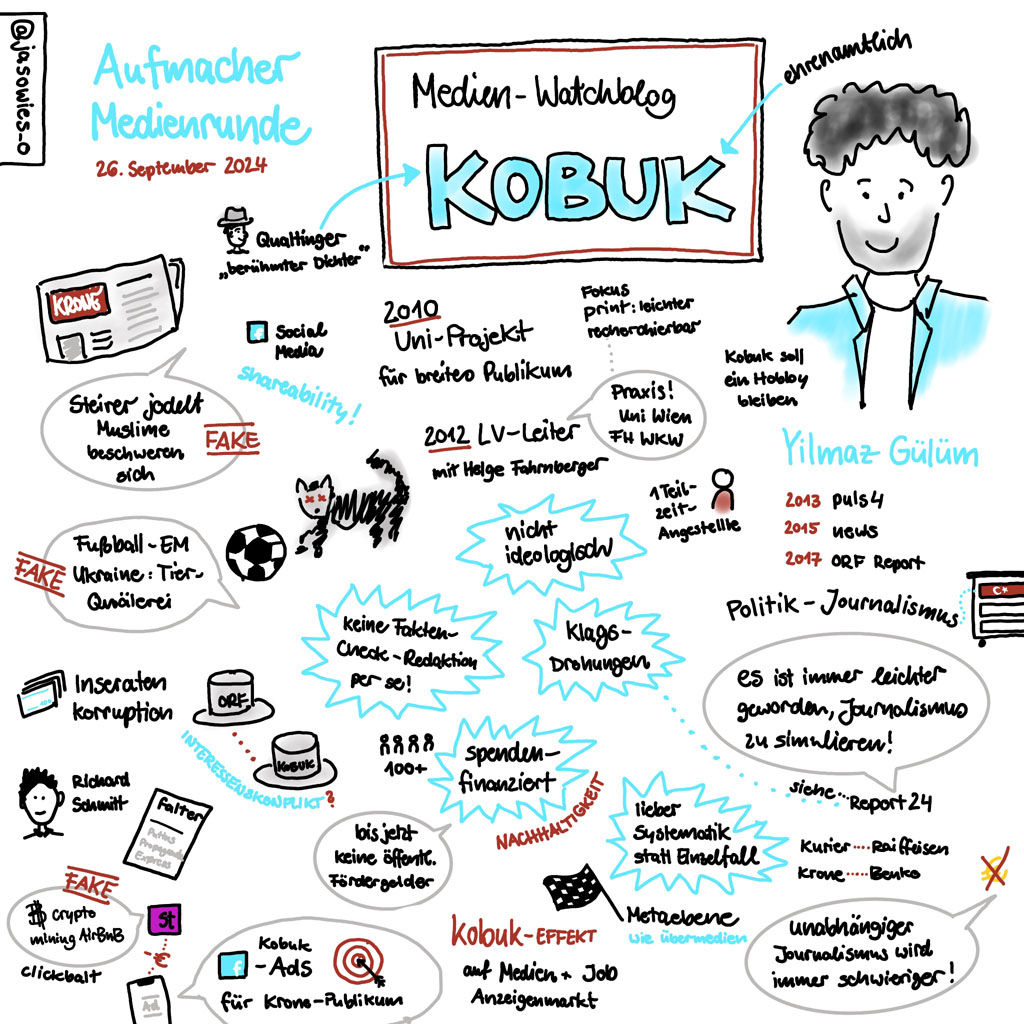
Ich war bei der Aufmacher Medienrunde mit Yilmaz Gülüm, drüben bei jasowieso.com mehr dazu.
Gelesen
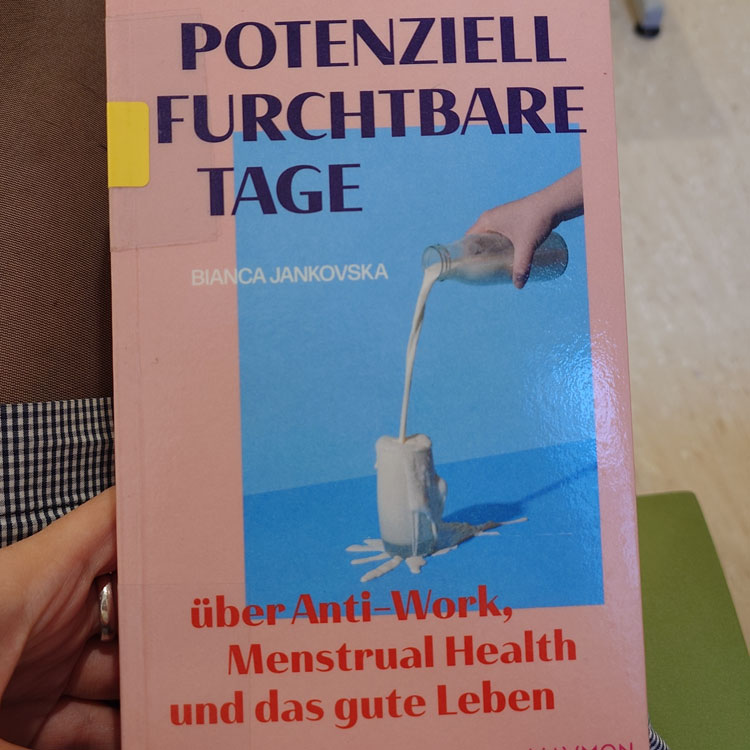
Ausgabe 5 Candy Land vom Cake Zine über Aspartam als Camp, Aufwachsen in Hershey’s Schokoladenstadt und einigen fiktionalen Geschichten, mit denen ich ehrlich gesagt wenig anfangen konnte. Ein paar Seiten in Bianca Jankovskas Potentiell furchtbare Tage, das nach der Lesung neulich (s. Zuckersüß 481) magischerweise in meiner Wohnung aufgetaucht ist.
Gestrickt
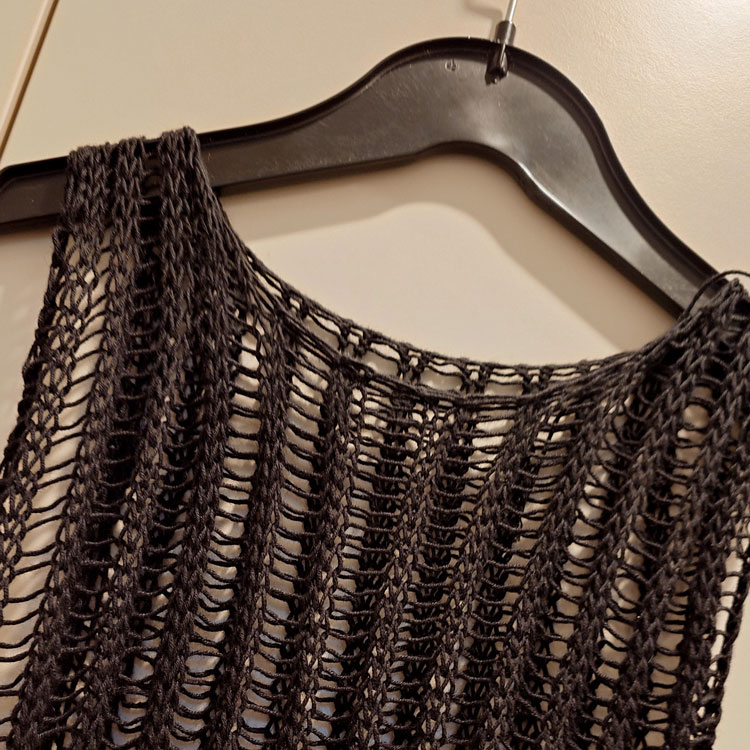
Ich habe mein Banco Dress (nach Le Pull) fertiggestrickt, das mit dem trust the process (s. Zuckersüß 480) hat leider nicht so gut geklappt, der Halsausschnitt war viel zu eng. Ich habe die Schultern also wieder aufgetrennt und ein Stückchen drangestrickt. Aus dem übrigen Garn habe ich eine Mütze angeschlagen, SEHR lose angelehnt an den Simple Pleasures Hat von Purl Soho (ravelry).
Veröffentlicht
Im Blog: FJUM Summer School Solutions Journalism an der University of Washington, Bab Al-Yemen, Bravetarts Brownies und den längsten Blogpost aller Zeiten, Essen in den USA (KY & WA), inkl. einem Essay über Plastik-(Einweg-)Geschirr, digitalisierte Interaktion, vorgegebene 20-Prozent-tips und unterbezahlte Servicekräfte.
Anderswo: Aufmacher Medienrunde: Yilmaz Gülüm (Kobuk)
Hier folgen meine liebsten Links der vergangenen Woche.
Rezepte
We Reimagined the Dubai Chocolate Bar as an Easy Dessert That’s Perfect for Sharing – Serious Eats
Die schaut gut aus!
Texte
MacGuffin | Plutocrat Archipelagos (via Ann Friedman Weekly)
Über die Superreichen-Parallelwelt:
When they travel, the ultra-rich do so through private means. The car takes them to the aerodrome, where the plane takes them to another aerodrome, where a car takes them to the destination (with perhaps a helicopter inserted somewhere). Every journey is bookended by identical Mercedes Vito Tourers (gloss black, tinted windows). Every flight is within the cosy confines of a Cessna Citation (or a King Air or Embraer). The amenities (even the menus) are identical in Marrakech, Monaco and the Maldives; in Como, St. Kitts, Zermatt and Oman. The ultra-rich never wait in line at a carousel or a customs table or a passport control. There are no accidental encounters. No unwelcome, unapproved or unsanitary humans enter their sight – no souls that could espouse a foreign view. The ultra-rich do not see anything they do not want to see. More accurately: these people simply do not see.
Getting Dressed 101: The Influence of Allison Bornstein – vogue.com (via Ann Friedman Weekly)
Wie viel zu viel cash muss man haben, um einen Zoom-Call-Styling-Service regelmäßig zu buchen??
So too have retro philosophies like David Kibbe’s body-typing method and seasonal color analysis become increasingly popular on social media. Both are more rigid, placing you into one category based on immutable characteristics: bones and undertones. If you’re a Kibbe flamboyant natural, you should wear clothes that accentuate your broad shoulders and long frame, i.e., flowing, deconstructed fabrics. If you’re a summer, per color analysis, you should gravitate toward specific shades of pinkish red, slate gray, and blue. But Bornstein insists that her theories—described in the book as “something to lean on” rather than firm boundaries—are not anywhere near as prescriptive: “I’m not telling you what your three words are. That’s for you to figure out. But if I can give you a formula to help you get there, I would love to.”
Some Country for Some Women – The New Inquirer
Ad Tradwives:
In spite of this history, the prospect of owning a farm of one’s own has remained alluring to Americans, who have periodically returned to versions of homesteading particularly in the aftermath of paradigm-shifting events: the Great Depression, the Vietnam War, the anticipation of Y2K, the Great Recessions, and now the pandemic. As a balm to these crises and their various upheavals, homesteading offers the material security of self-sufficiency, namely access to food and shelter that is unmediated by supermarkets or landlords. Though it might also be said that our culture’s enduring interest in homesteading points to the more chronic, all-encompassing crisis of capitalism, to which homesteading offers not only material but also spiritual transformation: an opportunity to shed the requisite role of consumer, by effectively seizing the means of production and exiting the capitalist economy altogether. “Fresh bread & homegrown veggies are great,” tweeted “Homestead Mentor” Jill Winger earlier this year, “but the part I love most about homesteading are the transformations: From consumer to creator/From passive to active/From industrial to intentional/From sedated to alive.”
The Tradwives Are Making Incredibly Weird Bread – Flaming Hydra (via Ann Friedman Weekly)
Noch mehr Tradwives:
And in the constant arms race of who can be more trad, baking bread or even your own cereal is no longer enough. Now we have influencers like The Healthy Wife, who insists that commercial wheat will make your family sick, or perhaps even liberal. She grinds her own flour from einkorn, an ancient grain that is much more expensive than ordinary wheat. No bread will ever be labor-intensive enough to meet the demands of the tradwife, or for the constant demand for novelty embedded in the genre; it’s just one more of the weird little ironies they’re baking up alongside those endless, strangely misshapen loaves.
Breaking bread – Links I Would GChat You
Noch mehr „Brot“, in einem lustigen Selbstversuch von Caitlin Dewey
Fifteen years of casual baking from physical cookbooks and credible blogs had not prepared me for whatever fringe food science was playing out in my kitchen now.
Still, I had two more “breads” to bake. So I dutifully blended cottage cheese with eggs and spices in a spare smoothie cup. In another time and place, with different hashtags at play, you might reasonably call this a low-budget frittata.
This recipe was by far the most popular of the three I tried; my version came from Mac McCrary, via Real Simple and a zillion TikTok likes. It was also the least offensive of the pack, yielding a flat, craggy rectangle of baked egg like a washed-out, unspooled French omelet. With it, I made an anemic turkey sandwich that I ate in two minutes, standing over the sink. Then I spread the extra cottage cheese on a slice of toast, in certain violation of the whole #lowcarb thing.
Tuition: $9,400. Dorm Room Interior Designer: $10,000? – The New York Times
WTAF?!
She said she can help students on a budget for $7,000 to $8,000, though the costs can grow much higher. Depending on the amount students (or really, their parents) are willing to spend, Ms. Curtis will recommend custom fabrics for the curtains, monogrammed pillows, linens, a couch and coffee table, headboard and dust ruffles; handmade murals or removable wallpaper; luxury light fixtures to replace fluorescent lights; and real wood hutches, shelves and cabinets custom-made to fit the room.
When she began her freshman year at the University of Mississippi, where the tuition is $9,400 for in-state students, Lesley Lachman was taken aback by the dorm rooms, which she described as “completely not doable to live-in.”
College-Dorm Decorating: Who Is It Really For? – The Cut
Und gleich nochmal wahnsinnige US-College-Trends:
The packing list of dorm-room “must-haves” has inflated to dizzying lengths — the group maintains a 16-page Google Doc with a suggested shopping list that includes a safe, an air purifier, and special shelving designed to fit around a mini-fridge and create a “dorm kitchen.” Desks are decked out with vanities (skin care having superseded studying in terms of what one does there), and art is bought in matching framed sets (color-coded to match the room’s theme, of course). These dorm rooms represent a commitment toward consumption and newness that was forged in the fires of influencer culture, which these college kids are being trained to replicate as they reach independence. It’s not just room décor, it’s a culture of domesticity that has Amazon Prime as its organizing principle.
Moleskine Mania: How a Notebook Conquered the Digital Era | The Walrus (via Links I Would GChat You)
Ich habe jahrelang Moleskine-Kalender benutzt, doch vor ein paar Jahren hat sich die Papierqualität von einem aufs andere Mal so verschlechtert, dass ich mich fürchterlich ärgern musste. Jetzt großer Leuchtturm-Fan, tja.
Modo & Modo ordered the initial production run of 3,000 notebooks in 1997, and the new Moleskine first went on sale in Milan, in a small bookshop on the Corso Buenos Aires. It sold through its consignment in days. Avoiding traditional stationers, the company targeted design retailers and bookstores: the strategy worked, and in 1998, they sold 30,000 notebooks. From 1999, they used their existing networks to distribute around Europe and then across the Atlantic. Within ten years, the American chain bookseller Barnes & Noble had become the brand’s largest retail partner. Just as Franceschi had hoped, the high profit margins transformed Modo & Modo’s fortunes. In 2006, a private equity firm bought him out, and sales continued to grow.
After software eats the world, what comes out the other end? – Programmable Mutter (via Dave Karpf)
AI-Systeme plätten Besonderheiten:
There is strong reason to suspect (as Marion Fourcade and I argued a few weeks ago) that scholars are increasingly relying on LLMs to pump out peer reviews. Ethan Mollick reports on a research paper which finds that computer science researchers are pretty happy with AI-generated peer review, and don’t view it as necessarily worse than what they get from human reviewers.* The authors of the paper did carry out some simple tests to see whether the AI-generated reviews were completely generic.
But what they couldn’t easily test for – and what I think is the most crucial question – is whether AI reviews could identify and evaluate the features of the paper that were original and novel. I would lay a lot of money that AI reviews are much worse at this even than human reviewers. Such features are likely to be invisible to them, for much the same reason that Notebook LM had a harder time spotting the more unconventional claims of this newsletter.
ChatGPT is an engine of cultural transmission – Programmable Mutter
Das ist ein interessanter Vergleich (Newsletter gleich abonniert!):
At the simplest level, this might push us to ask how “lossy” LLMs are. Boyd and Richerson describe how cultures may lose information because they only have imperfect means for transmitting it. In the past, small cultures have sometimes lost access to complex and difficult-to-make tools, because they have gradually or suddenly lost the information on how to make them. Errors crept in, or the wrong person died at the wrong time. Thinking about such errors suggests that we should think about “hallucinations” as one kind of transcription error that may arise as LLMs transmit human culture from some humans to others. The LLM isn’t itself making a mistake itself – any more than an old analogue phone line is making a mistake when static creeps in – but it is introducing cultural noise in ways that may have consequences.
Der Banker und die Bombe – Thomas Riegler
Ich weiß wirklich so wenig über die RAF, und noch weniger über ihre internationalen Links-Terror-Verbindungen.
Plausibler ist die Spur zu mit der RAF verbündeten Gruppen im Nahen Osten. So starb der libanesische Präsidenten René Moawad bei der Explosion einer Hohlladungs-Bombe am 22. November 1989 – nur acht Tage vor dem Herrhausen-Attentat. 2005 sollte die Sprengmethode im Irak wiederauftauchen: Mehr als 100 US-Soldaten kamen bei Anschlägen gegen ihre gepanzerten Fahrzeuge ums Leben. In einer Analyse hielt das US-Militär fest, dass die Sprengfallen ursprünglich aus dem Libanon stammten.
Linke Kommunikation in Podcasts – Nele Heise und Erik Meyer – Rosa-Luxemburg-Stiftung
Vergangene Woche zur Workshop-Vorbereitung quergelesen.
Auch wenn das rasante Wachstum den Eindruck erweckt – Podcasts sind keineswegs vom Himmel gefallen, sie sind vielmehr eine neue Form bzw. Fortsetzung des Radios. Schon Bertolt Brecht forderte in seiner Radiotheorie, den Rundfunk «aus einem Distributionsapparat in einen Kommunikationsapparat zu verwandeln» (Brecht 1967: 129). Der Kommunikationswissenschaftler Tiziano Bonini stellt Podcasts in die Kontinuität der «Piratenradios» der 1970er- und 1980er-Jahre und interpretiert sie damit als digitale Fortsetzung der kritischen Gegenöffentlichkeit. In der Tat ermöglichen Podcasts und die angebundenen Social-Media- Plattformen eine wechselseitige Kommunikation und fungieren häufig auch als Austauschplattformen und Communities.
Audio/Video
Der Ballon – ein deutscher Fall
Hörspiel über die Geschichte des letzten Mauertoten, der 1989 mit einem selbstgebastelten Heißluftballon nach Westberlin flüchten wollte.
Sonst So
FC Sans Pauli – slanted
Fußball ist mir echt wurscht. Aber schöne Font!
How did you find me? (via Links I Would GChat You)
Cutes Indie-Web-Projekt.
My Dream Cardigan – wool & Beyond – ravelry.com
So eine will ich haben! Leider habe ich kein passendes Garn im Vorrat.
Backkatalog:
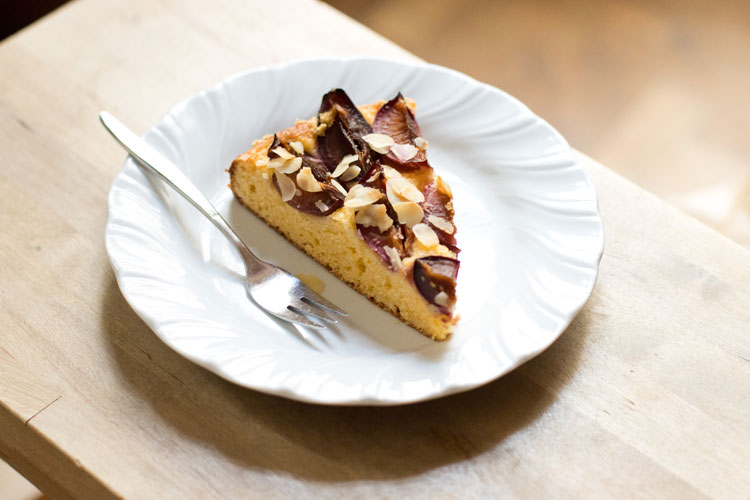
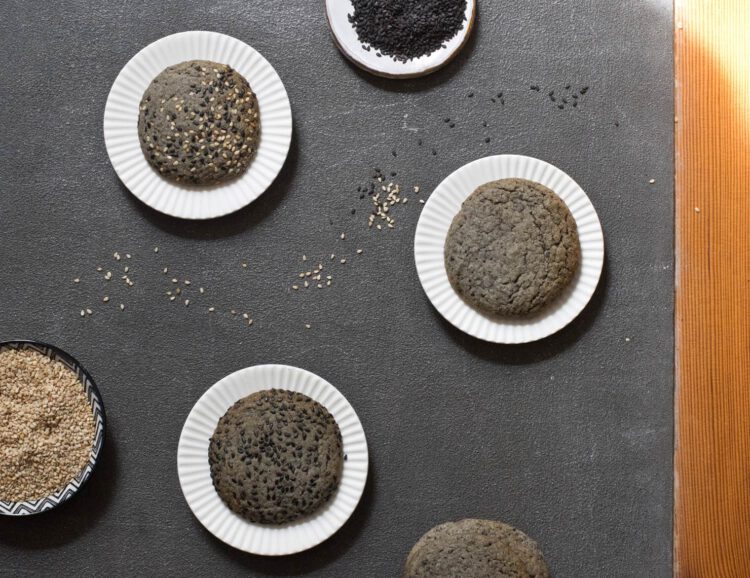
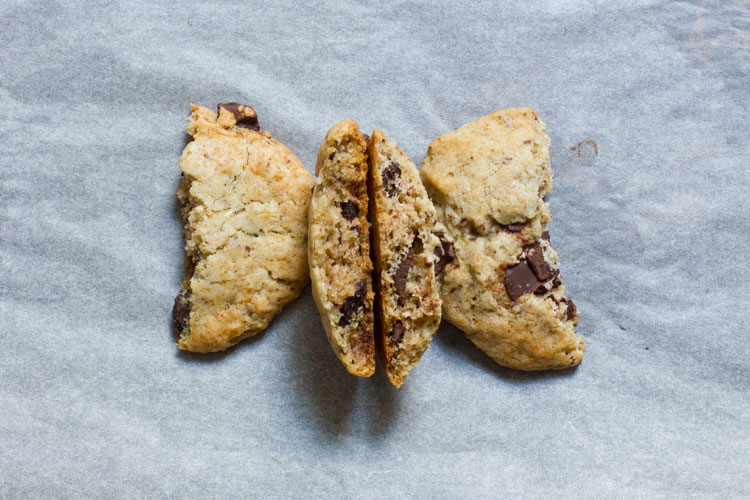
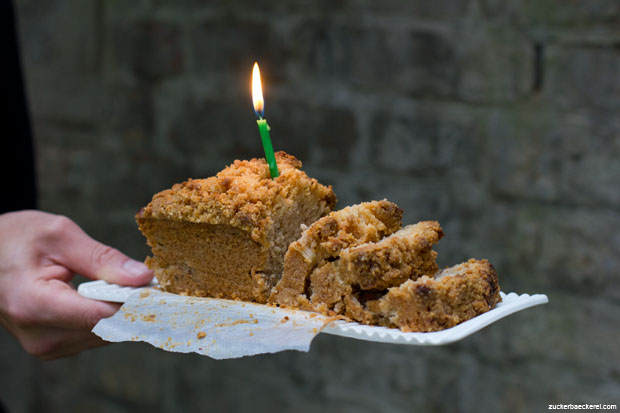
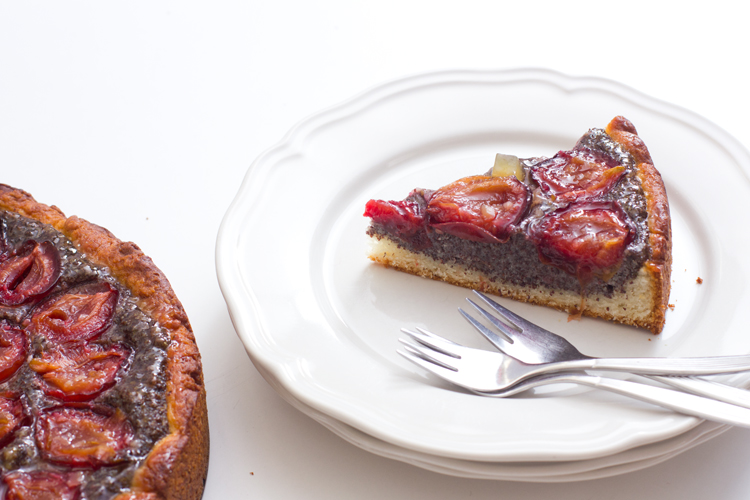
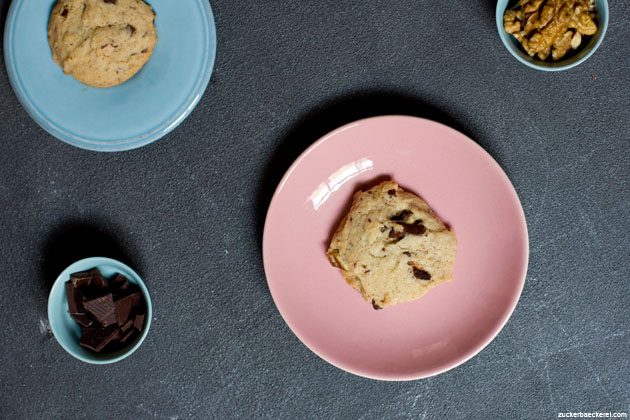

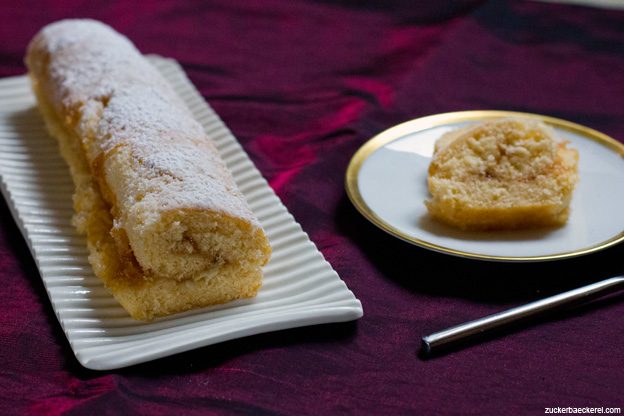
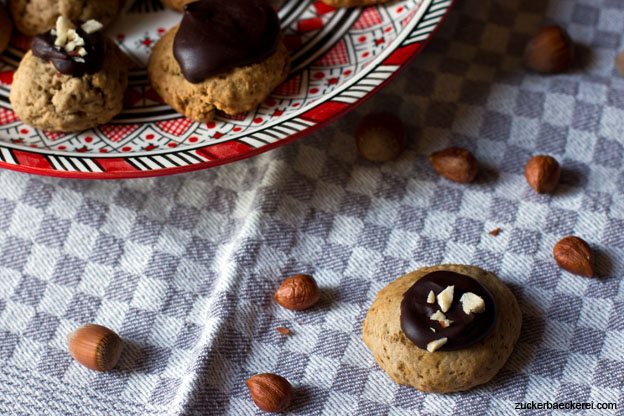
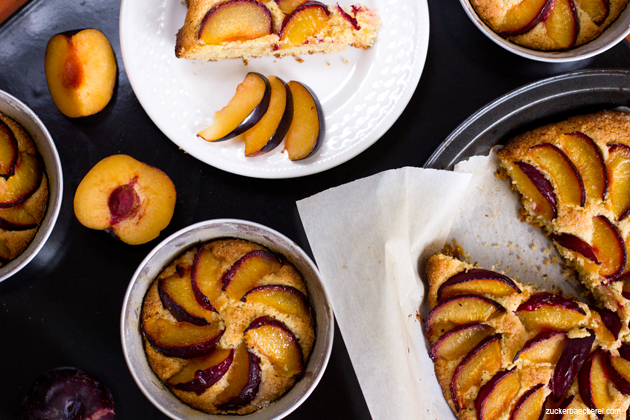
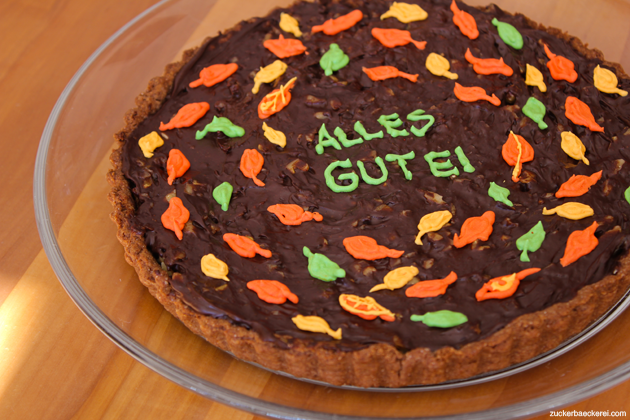
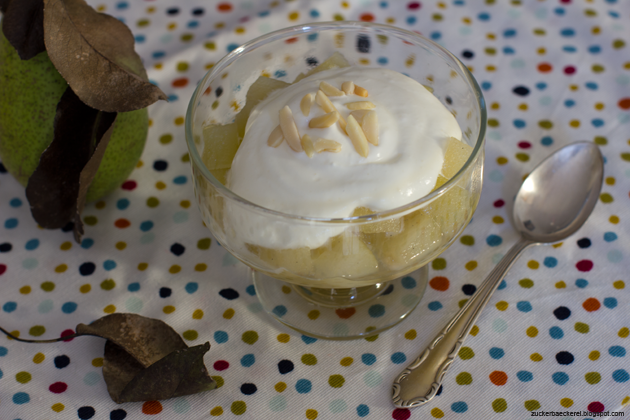
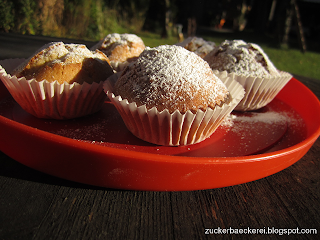
- 2023: Glutenfreier Polenta-Mandel-Kuchen mit Zwetschgen
- 2022: Schwarzer-Sesam-Cookies
- 2021: Vegane Bananen-Schoko-Cookies
- 2020: Amaretto-Streusel-Kuchen
- 2019: Mini-Zwetschgenkuchen mit Mohn und Mandeln
- 2018: Vegane Schokosplitter-Cookies
- 2017: Bravetart’s Zimtschnecken
- 2016: Biskuitroulade mit Aprikosenfüllung und Kardamom
- 2015: Gewürz-Haselnuss-Kekse
- 2014: Olive Oil Plum Cake
- 2013: Walnuss-Schoko-Tarte
- 2012: Pochierte Vanillebirnen mit Sahne
- 2011: Walnuss-Joghurt-Muffins
- 2010: Kokoskugeln

 Hi, ich bin Jana. Seit 2009 veröffentliche ich hier wöchentlich Rezepte, Reiseberichte, Restaurantempfehlungen (meistens in Wien), Linktipps und alles, was ich sonst noch spannend finde. Ich arbeite als Redakteurin bei futurezone.at, als freie Audio-/Kulinarikjournalistin und Sketchnoterin. Lies mehr über mich und die Zuckerbäckerei auf der
Hi, ich bin Jana. Seit 2009 veröffentliche ich hier wöchentlich Rezepte, Reiseberichte, Restaurantempfehlungen (meistens in Wien), Linktipps und alles, was ich sonst noch spannend finde. Ich arbeite als Redakteurin bei futurezone.at, als freie Audio-/Kulinarikjournalistin und Sketchnoterin. Lies mehr über mich und die Zuckerbäckerei auf der 

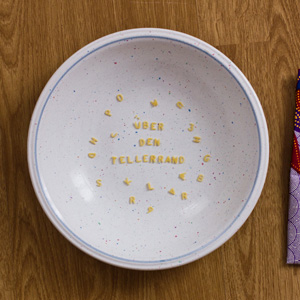 Über den Tellerrand
Über den Tellerrand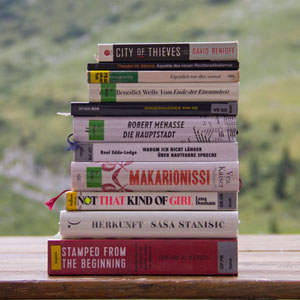 Bücher
Bücher Zuckersüß
Zuckersüß
